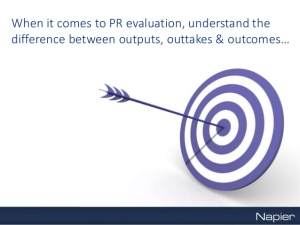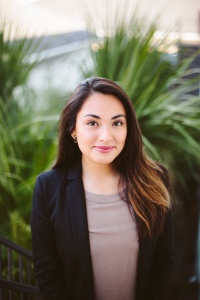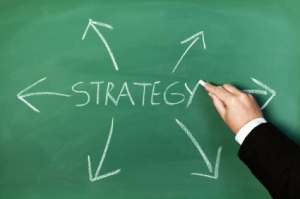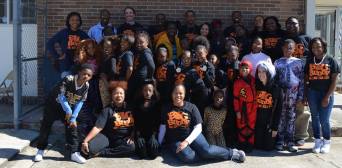By Kelsey King, account executive
As members of Reach Public Relations, we learned a great deal about working with each other and our client the Big Buddy Program while creating a full public relations campaign throughout this semester in a service-learning course.
Our client aims to give economically, emotionally or educationally disadvantaged children a bright future by giving them a positive role model through a mentoring program. The organization served the community for more than 35 years and reached out to our agency for assistance in reaching a very specific audience.
Our campaign focuses on rekindling a mutually beneficial relationship between the Big Buddy Program and past employees, mentors, mentees, volunteers, etc. Big Buddy refers to these people as Legacies. Reach PR is helping Big Buddy find these Legacies within the Baton Rouge community and reach out to them to encourage them to give back to the organization through donating or volunteering.
This experience allowed us to complete each aspect of the ROPES process, allowing us to complete a one-year campaign to assist the Big Buddy Program. The campaign consists of strategic ways to reach out to the Legacies through social media, direct mail, traditional media outlets and more.
We kicked off the campaign by hosting a bingo event that would be appealing to both Legacies and current members of the Big Buddy Program. We were thrilled to have mentors, mentees, LSU students and others in the Baton Rouge community attend the event.
We knew we were successful in our client’s eye when she spoke at the end of our kickoff campaign event. She shared how pleased she is with our work and how thankful the program is for having us assist them in reaching an untouched audience.
The opportunity to work for a “real client” that serves the community not only gave us real word experience in public relations, but it also gave us a better understanding of social issues in our community and our civic responsibility. We realize the importance of programs like Big Buddy and the services it offers to the children in the Baton Rouge area.
This experience also taught our agency how to work with others with a variety of personality traits. Not only did our five agency members learn to work with each other’s personality types, but we also learned our client’s personality and communication styles to complete each step of the campaign effectively and efficiently.
For more information on the Big Buddy Program, visit their website and Facebook.
Kelsey King is the account executive for Reach Public Relations. You can connect with her on Facebook, Twitter, Instagram and LinkedIn.













